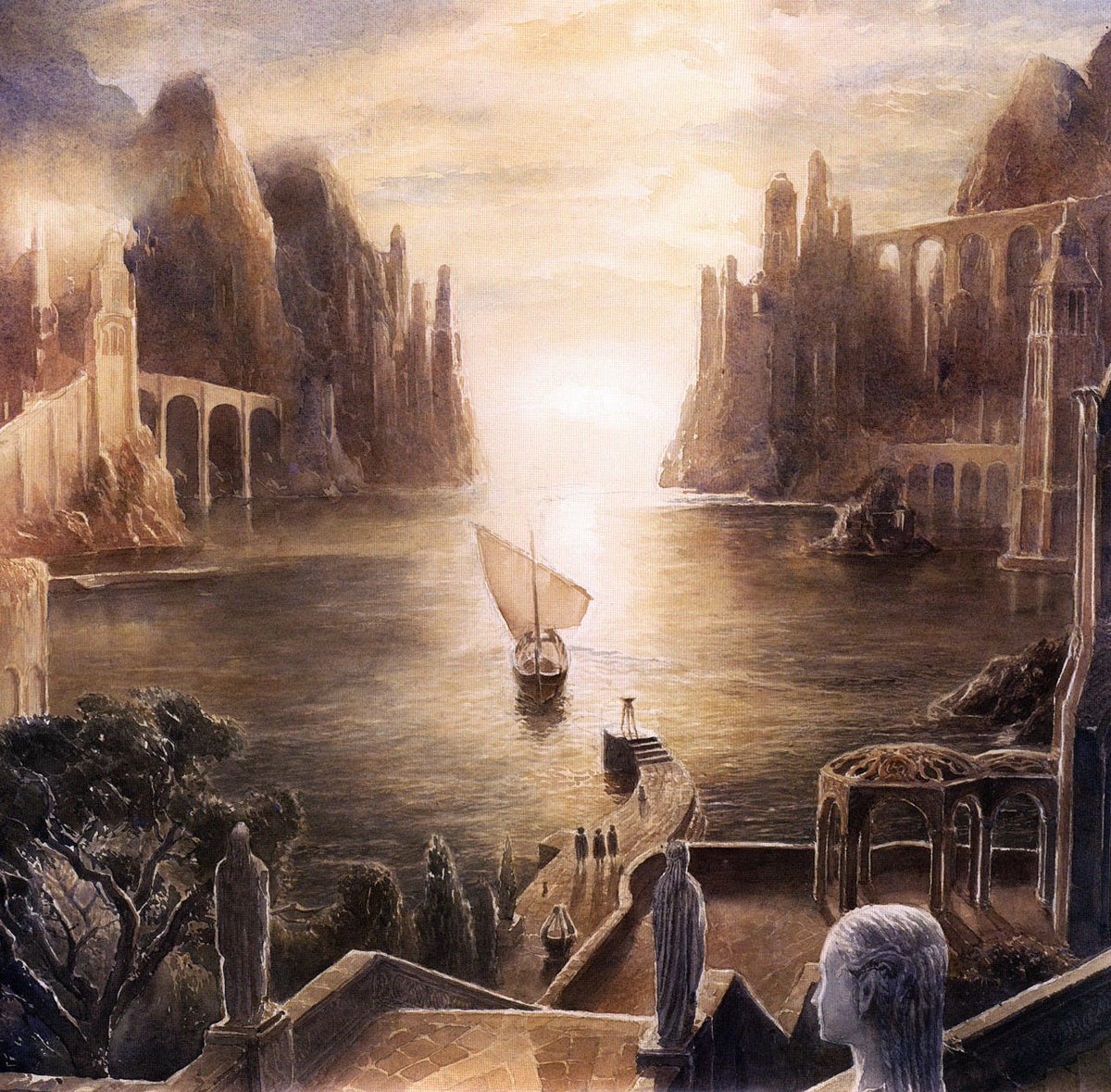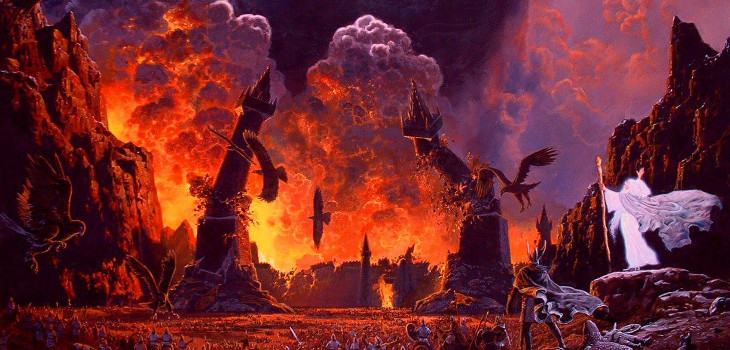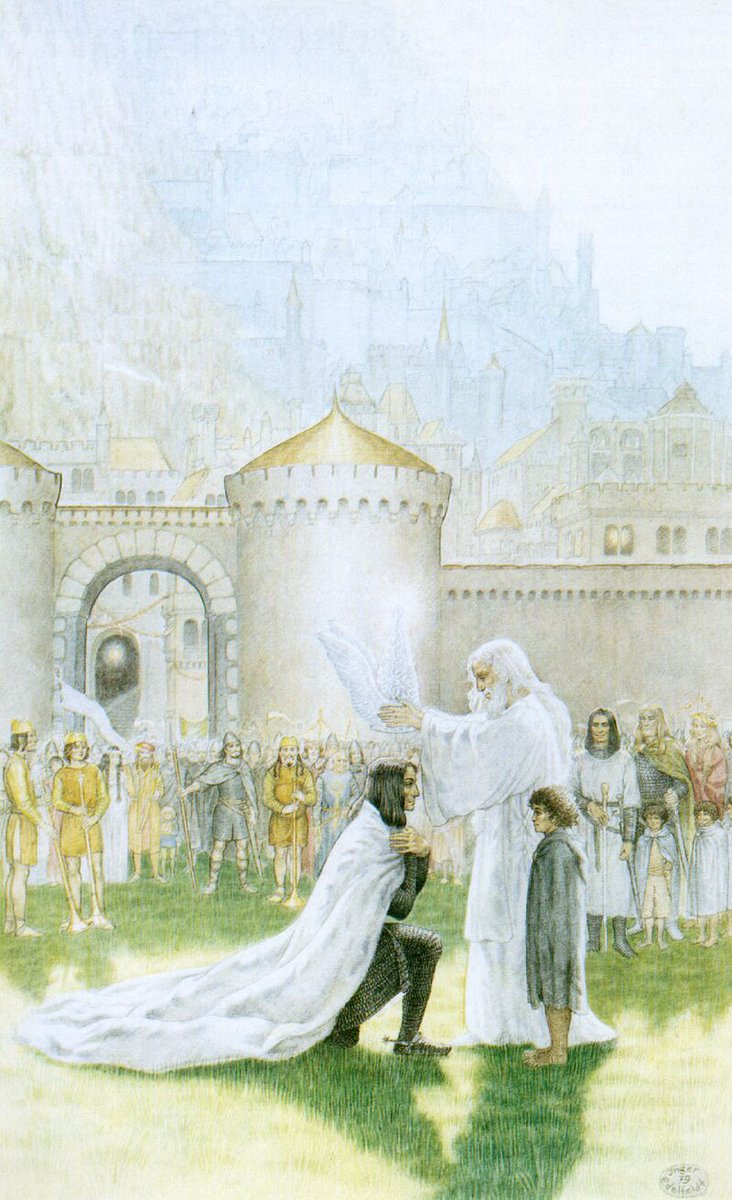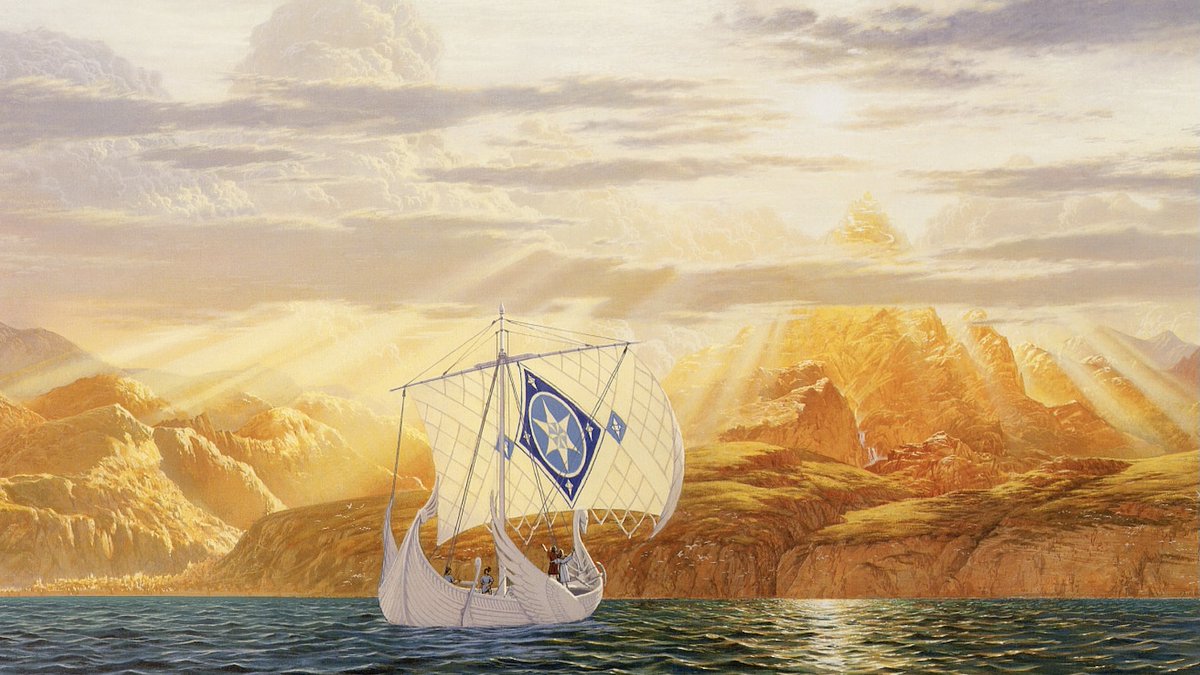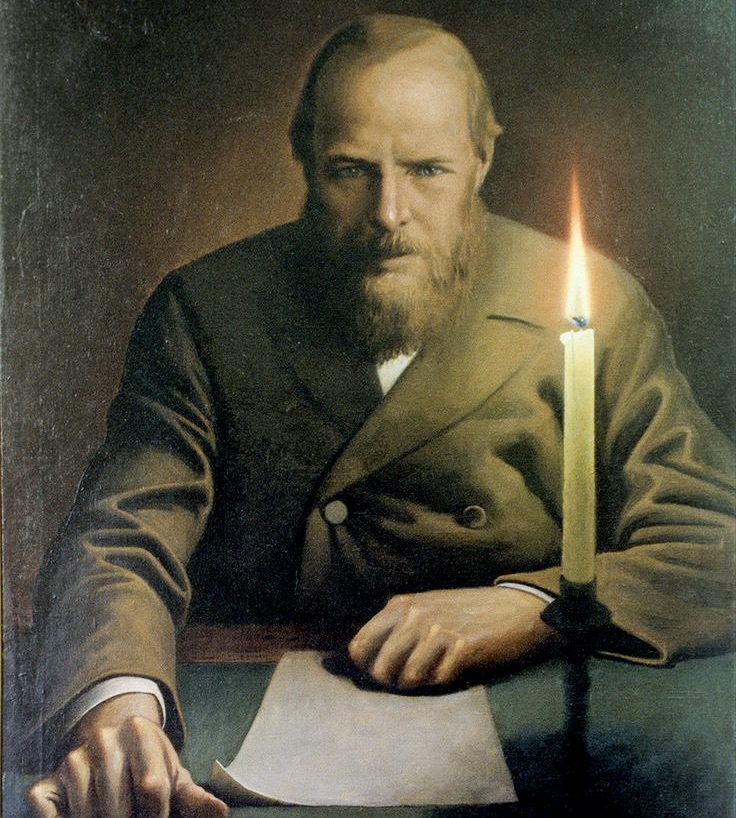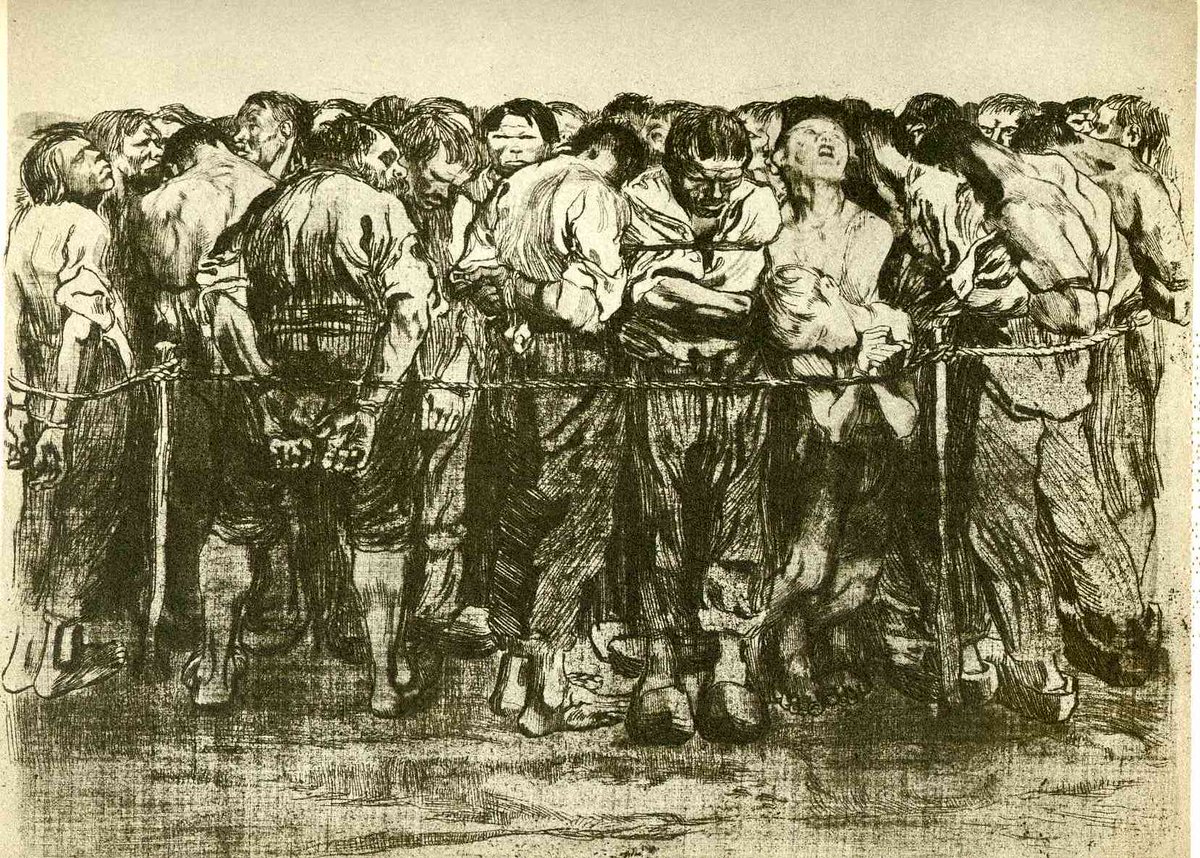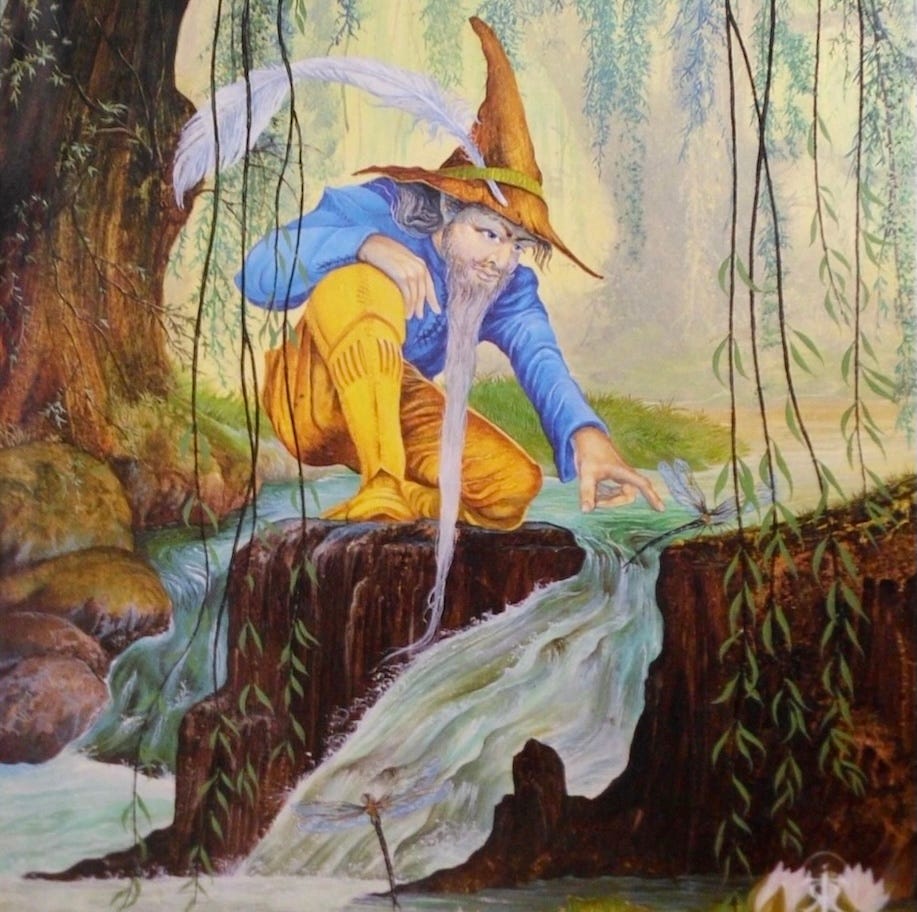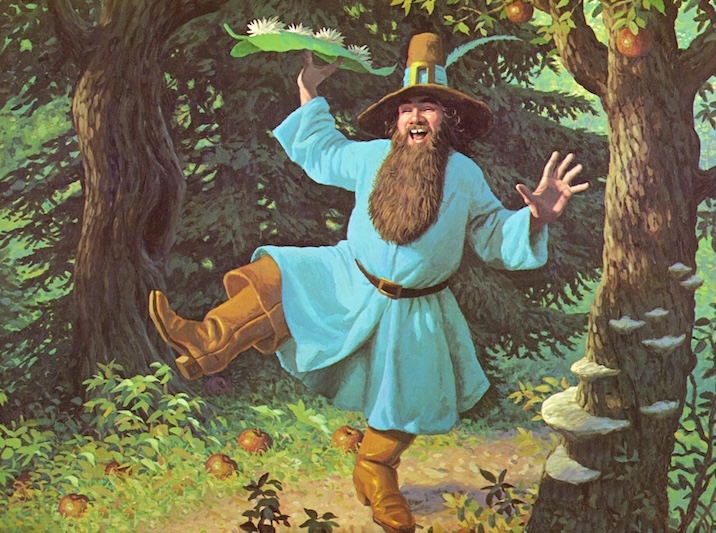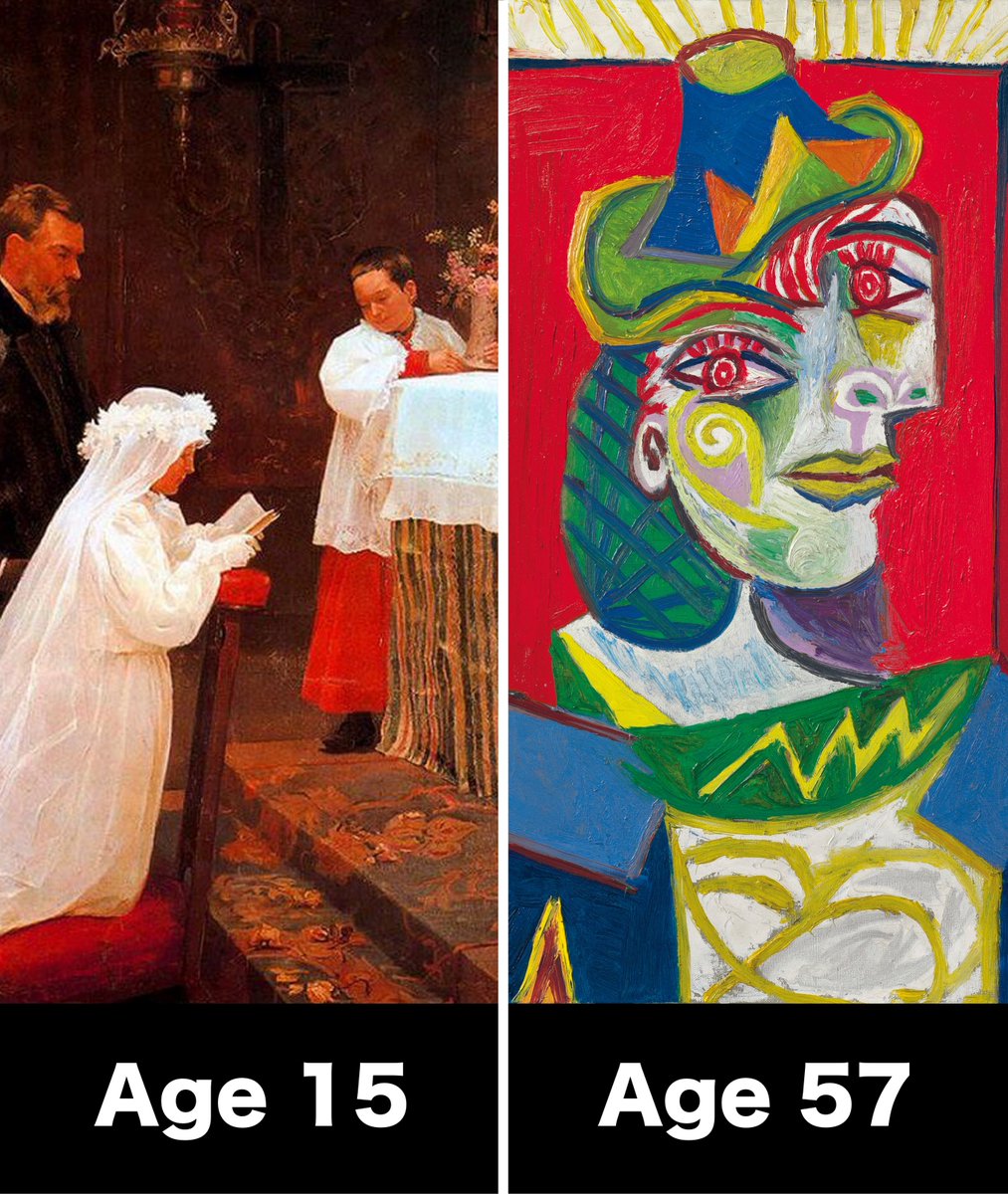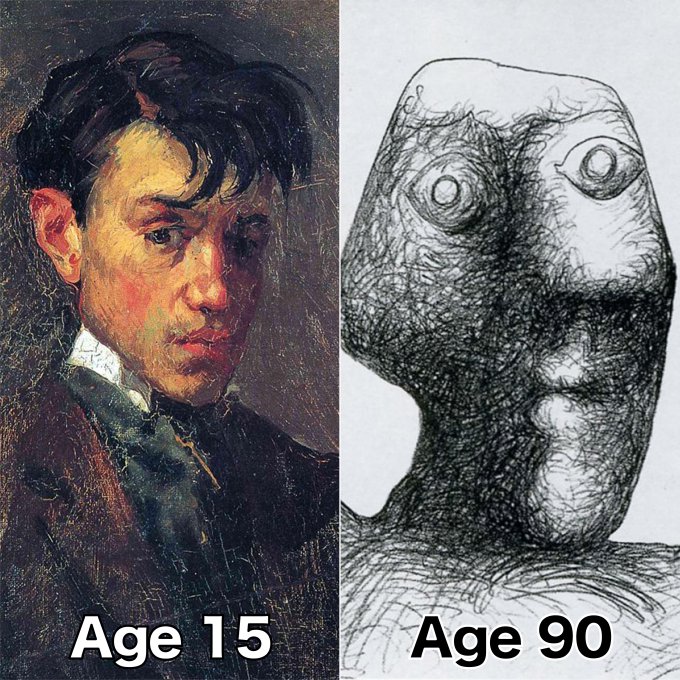There is no rope in this image. This is carved from a single block of marble.
Is there a person alive today who could do this?
Is there a person alive today who could do this?
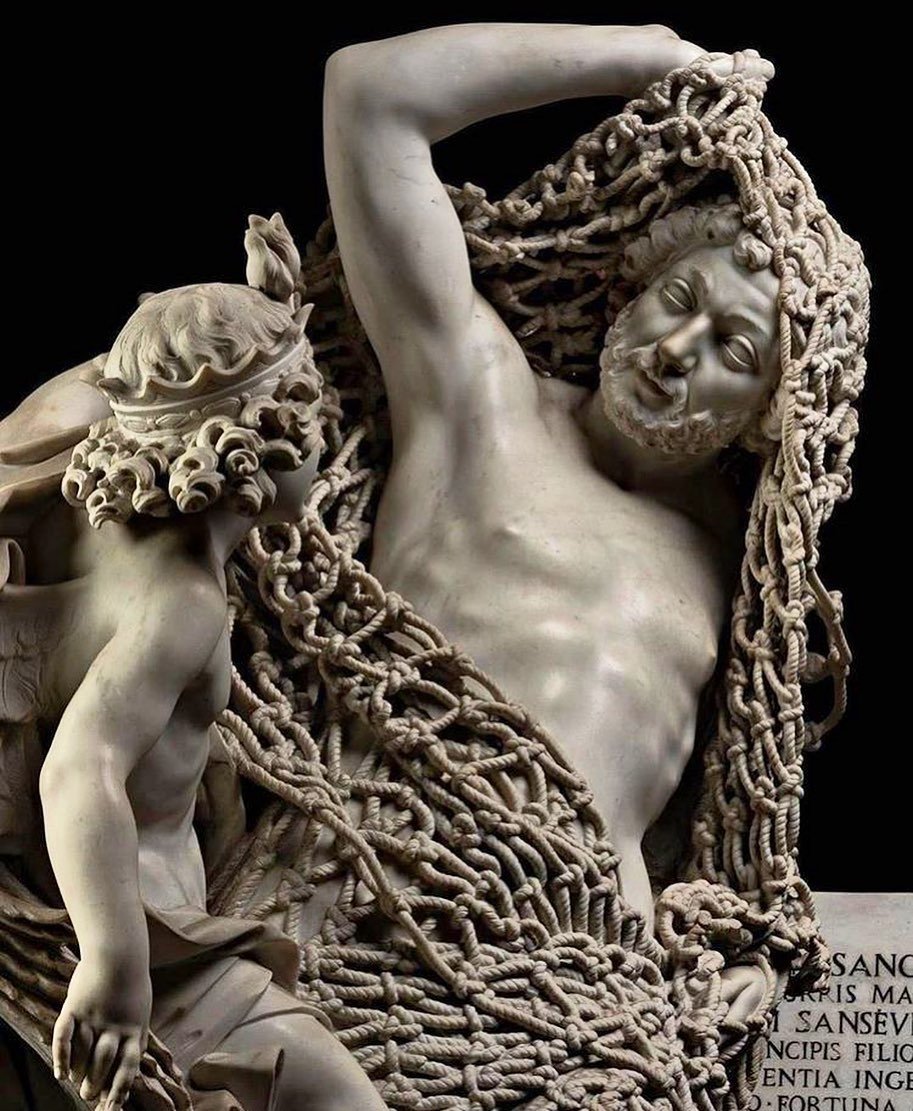
This is "The Release from Deception" by Italian sculptor Francesco Queirolo, completed in 1759 after 7 years of work. It depicts a fisherman being released from netting by an angel, allegorical to the man being liberated from his sins. 

So intricate was the work that 18th-century philosopher Giangiuseppe Origlia described it as “the last and most trying test to which sculpture in marble can aspire.” 

Queirolo worked alone on his magnum opus, without an assistant or even a workshop. Even other sculptors refused to touch the delicate net in case it broke into pieces in their hands. 

The masterpiece is housed at the Sansevero Chapel in Naples, with several other miracles of marble. Namely, "The Veiled Christ" (1753) by Giuseppe Sanmartino and "The Veiled Truth" (1750) by Antonio Corradini. 
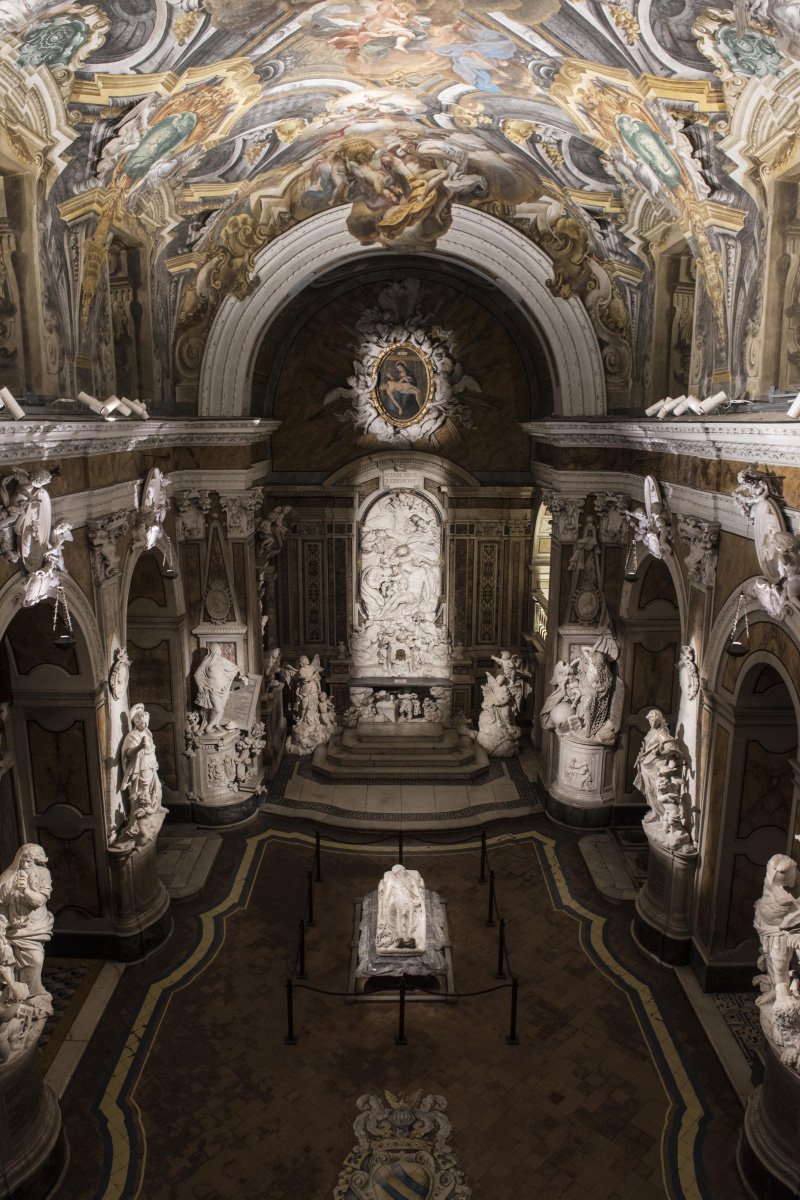
• • •
Missing some Tweet in this thread? You can try to
force a refresh


